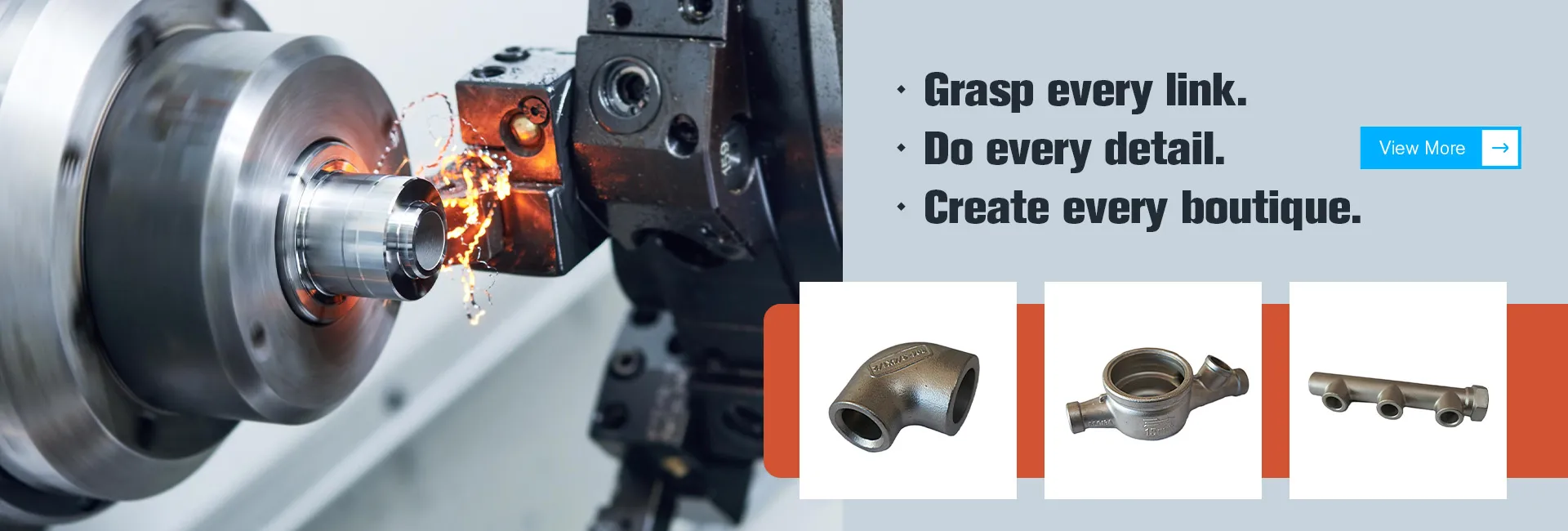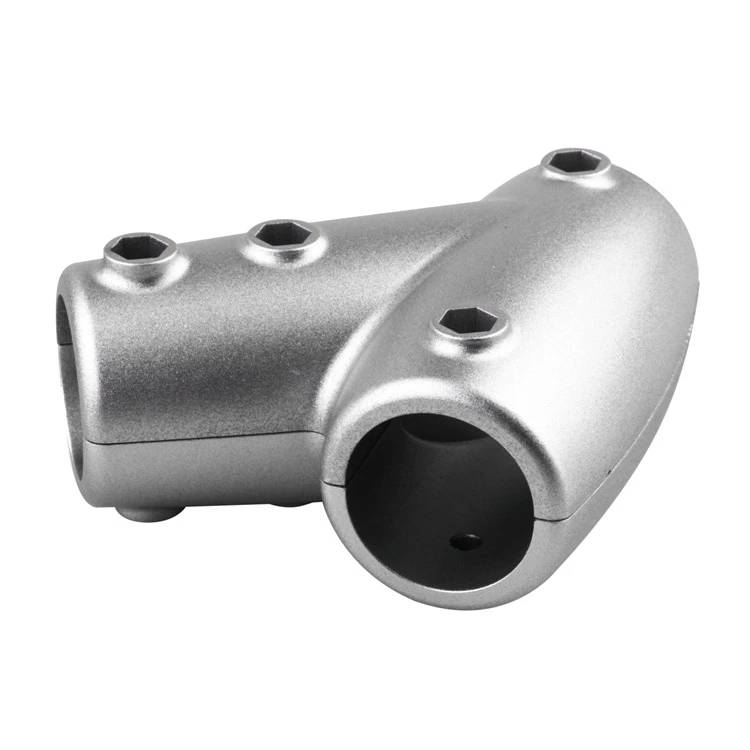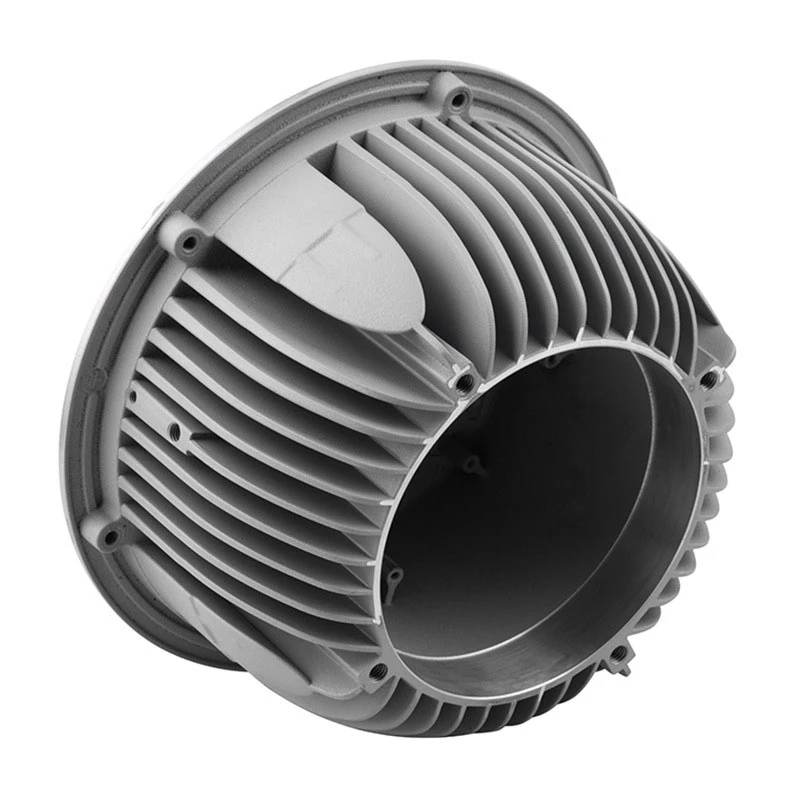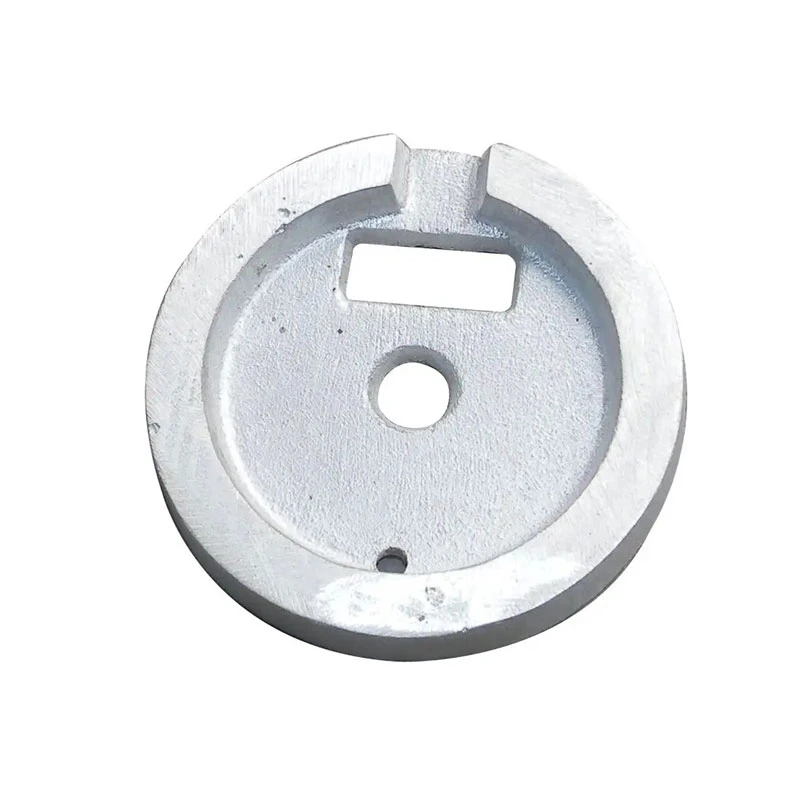Calculating Tonnage for Pressure Die Casting Processes and Applications
Understanding Pressure Die Casting Tonnage Calculation
Pressure die casting is a manufacturing process where molten metal is injected into a mold cavity under high pressure. This process is widely used in various industries to produce complex shapes and high-quality components. One of the fundamental aspects of pressure die casting is the calculation of tonnage, which is crucial for designing molds and selecting the appropriate machinery. In this article, we will explore the significance of tonnage calculation, the factors influencing it, and the steps involved in performing the calculation.
What is Tonnage in Die Casting?
Tonnage refers to the amount of clamping force required to hold the two halves of a mold together during the injection of molten metal. This force is typically measured in tons and is essential for preventing the mold from opening due to the high pressure exerted by the injected metal. If the clamping force is insufficient, the molten metal may leak out of the mold, leading to defects in the final product.
Importance of Tonnage Calculation
Proper tonnage calculation is critical in pressure die casting for several reasons
1. Safety An inadequate clamping force can result in dangerous mold breaches or accidents during production.
2. Quality Control Maintaining the correct tonnage helps ensure that the molten metal fills the mold cavity completely, leading to higher quality castings with better surface finish and dimensional accuracy.
3. Equipment Selection Tonnage calculations assist manufacturers in selecting the appropriate die casting machines. An undersized machine may not provide enough clamping force, while an oversized machine may result in increased operational costs.
4. Cost Efficiency Accurate tonnage calculations help in optimizing material usage and reducing waste, contributing to more cost-effective production.
Factors Influencing Tonnage Calculation
Several factors must be considered when calculating the required tonnage for a die casting operation
1. Projected Area The total area of the mold’s projected shape determines the amount of force needed to keep it closed. The larger the area, the higher the clamping force required.
2. Injection Pressure The pressure at which the molten metal is injected plays a significant role. High injection pressures necessitate greater clamping forces.
pressure die casting tonnage calculation

3. Material Properties Different metals have varying densities and fluidities, affecting how they behave during the casting process. For instance, aluminum will behave differently compared to zinc or magnesium, influencing the necessary tonnage.
4. Mold Design The complexity and design of the mold, including any undercuts or draft angles, can impact the clamping requirements.
Steps to Calculate Tonnage
Calculating the required tonnage for pressure die casting generally involves the following steps
1. Determine the Projected Area Begin by calculating the projected area (in square inches or square centimeters) of the part to be cast. This is the total surface area that will come into contact with the mold.
2. Identify the Injection Pressure Assess the injection pressure that is to be used. This value is typically provided by the die casting machine specifications or derived from previous experience with similar materials and designs.
3. Use the Tonnage Formula The formula for calculating clamping tonnage is as follows
\[ \text{Tonnage} = \text{Projected Area} \times \text{Injection Pressure} \times \text{Safety Factor} \]
The safety factor is usually between 1.5 and 2, depending on the material and application.
4. Select the Die Casting Machine Based on the calculated tonnage, choose a machine that can accommodate or exceed this requirement.
5. Validate and Adjust After performing initial calculations, it’s essential to validate them through prototype runs and make necessary adjustments based on observed performance.
Conclusion
In conclusion, pressure die casting tonnage calculation is a crucial aspect of the manufacturing process that ensures safety, quality, and efficiency. By carefully considering factors such as projected area and injection pressure, manufacturers can accurately determine the necessary clamping force. This not only aids in the optimal selection of die casting machines but also enhances overall production efficacy, resulting in superior cast components. Understanding and applying correct tonnage calculations can significantly impact the success of a die casting operation.
-
Aluminium Pressure Die Casting High-Precision & Durable Solutions for Complex PartsNewsJul.08,2025
-
Top Aluminum Sand Castings Manufacturer – Precision Green Sand Castings for Industrial NeedsNewsJul.08,2025
-
Precision Lost Wax Casting Quotes – High Accuracy Custom Parts Lost Wax Precision Casting ServicesNewsJul.07,2025
-
High-Quality Sand Used for Casting - Superior Sand for Sand Casting ProcessesNewsJul.07,2025
-
China Supply High End Metal Stamping Parts Sino - Precision Manufacturing FactoryNewsJul.06,2025
-
High-Quality Automotive Investment Casting Services Precision & Sand Casting SolutionsNewsJul.06,2025















